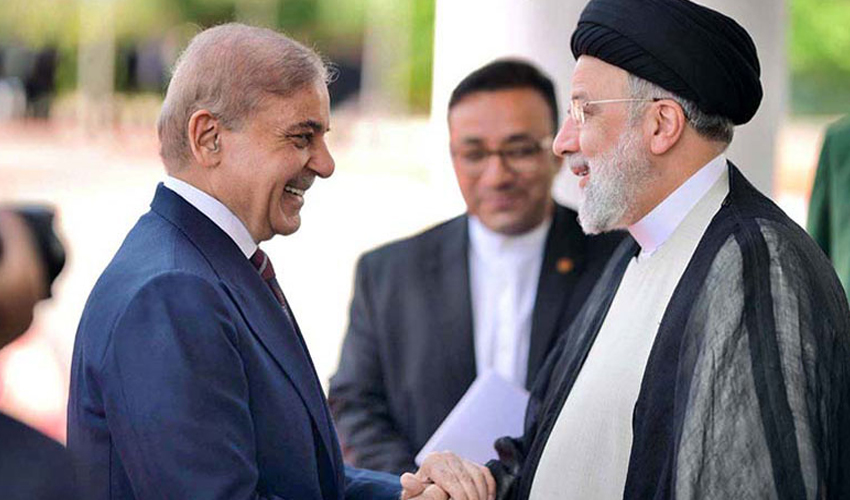Pakistan, Iran vow to expedite free trade deal, enhance border harmony: Joint declaration
Iranian President Raisi wraps up three-day visit to Pakistan
Iranian President Raisi wraps up three-day visit to Pakistan
Operation led by Director Ijaz Ahmed, Deputy Director Environment Nadia Tahir
Army's tree-planting efforts promote ecotourism and conservation
Notification suspended until May 6, court seeks detailed response from parties on upcoming hearing
Malik Ahmad Khan assails opponents
'Ilm Tolo Da Para' initiative leads youth on enlightening tour of Islamabad
Mohsin Naqvi constitutes new seven-member committee
Mari Petroleum Company Limited achieves milestone in energy exploration
Criticism mounts as elections near in India
Iranian President Raisi wraps up three-day visit to Pakistan
Payments were made in the form of capacity charges which were received from the consumers in the electricity bills
Provincial Minister of Transport Bilal Akbar said 110 buses are under the import phase
Muhammad Ali Malkani said that vigilance teams should play an effective role
Virtual gaming takes center stage as Pakistan hosts esports championships
A case has been registered against the accused and the investigation is underway.
Mari Petroleum Company Limited achieves milestone in energy exploration
Mohsin Naqvi constitutes new seven-member committee
Veteran actor wants to impose a ban on such content if given authority
Honda and Boston Dynamics have been developing humanoid robots for several years
Doctor says habit of eating outside rather than home-cooked meals has also affected children's health
Study discovers that sound coming from a disturbed plant could be heard over a meter away
Implementing reporting standards 18 has its challenges, but offers long-term benefits

